In this sense, the American economic contribution alone was decisive. By April 1, 1917, the Allies had exhausted their means of paying for essential supplies from the United States, and it is difficult to see how they could have maintained the war effort if the United States had remained neutral.
One hundred years ago this month, the United States declared war on Germany and thereby entered World War I. Experts discuss why the United States entered “the Great War,” the consequences it had

Source Image: vecteezy.com
Download Image
Overview World War I was the deadliest conflict until that point in human history, claiming tens of millions of casualties on all sides. Under President Woodrow Wilson, the United States remained neutral until 1917 and then entered the war on the side of the Allied powers (the United Kingdom, France, and Russia).
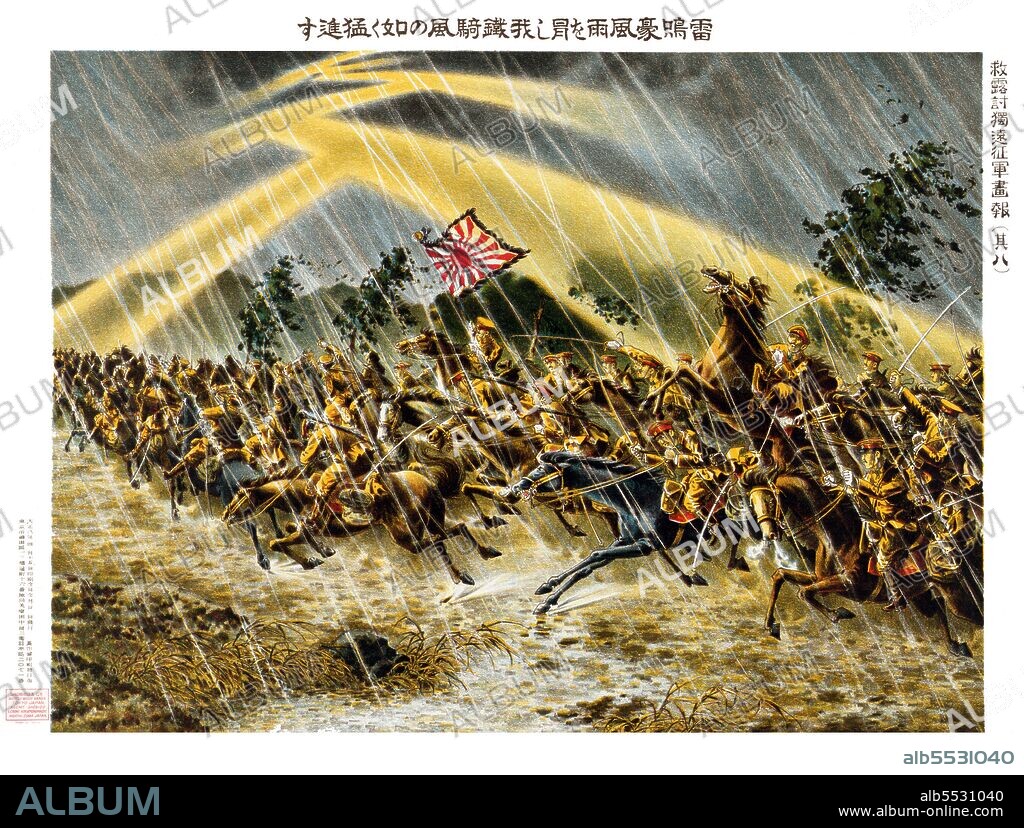
Source Image: album-online.com
Download Image
World War 1 Vocabulary Words | Teach Starter On April 4, 1917, the US Senate voted in support of the measure to declare war on Germany. The House concurred two days later. The United States later declared war on German ally Austria-Hungary on December 7, 1917. Portions of the text are from “US Entry into World War I, 1917,” Office of the Historian, US Department of State,
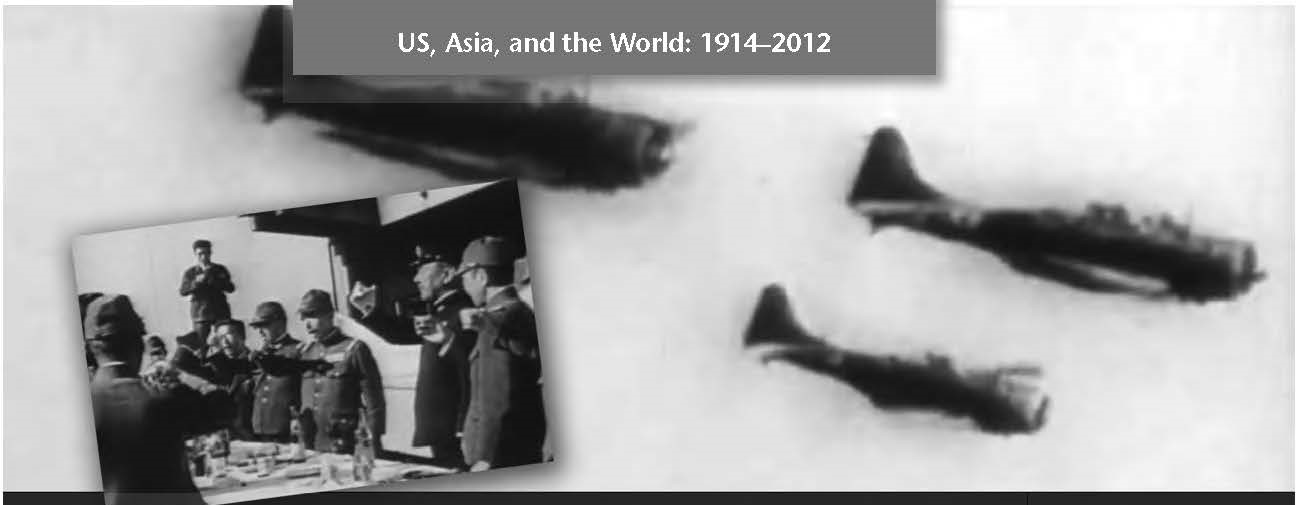
Source Image: asianstudies.org
Download Image
Pros And Cons Of U.S. Entering Ww1
On April 4, 1917, the US Senate voted in support of the measure to declare war on Germany. The House concurred two days later. The United States later declared war on German ally Austria-Hungary on December 7, 1917. Portions of the text are from “US Entry into World War I, 1917,” Office of the Historian, US Department of State, On August 4, as World War I erupted across Europe, President Woodrow Wilson proclaimed America’s neutrality, stating the nation “must be neutral in fact as well as in name during these days
Japan, the U.S. and the Asian-Pacific War – Association for Asian Studies
RS #07: ARCH Historical Thinking Skills Rubric Background for the Teacher: In April 1917, the United States faced a difficult decision: remain neutral in the Great War or join the Allies in their fight against the Central Powers. Propaganda in the United States – Wikipedia
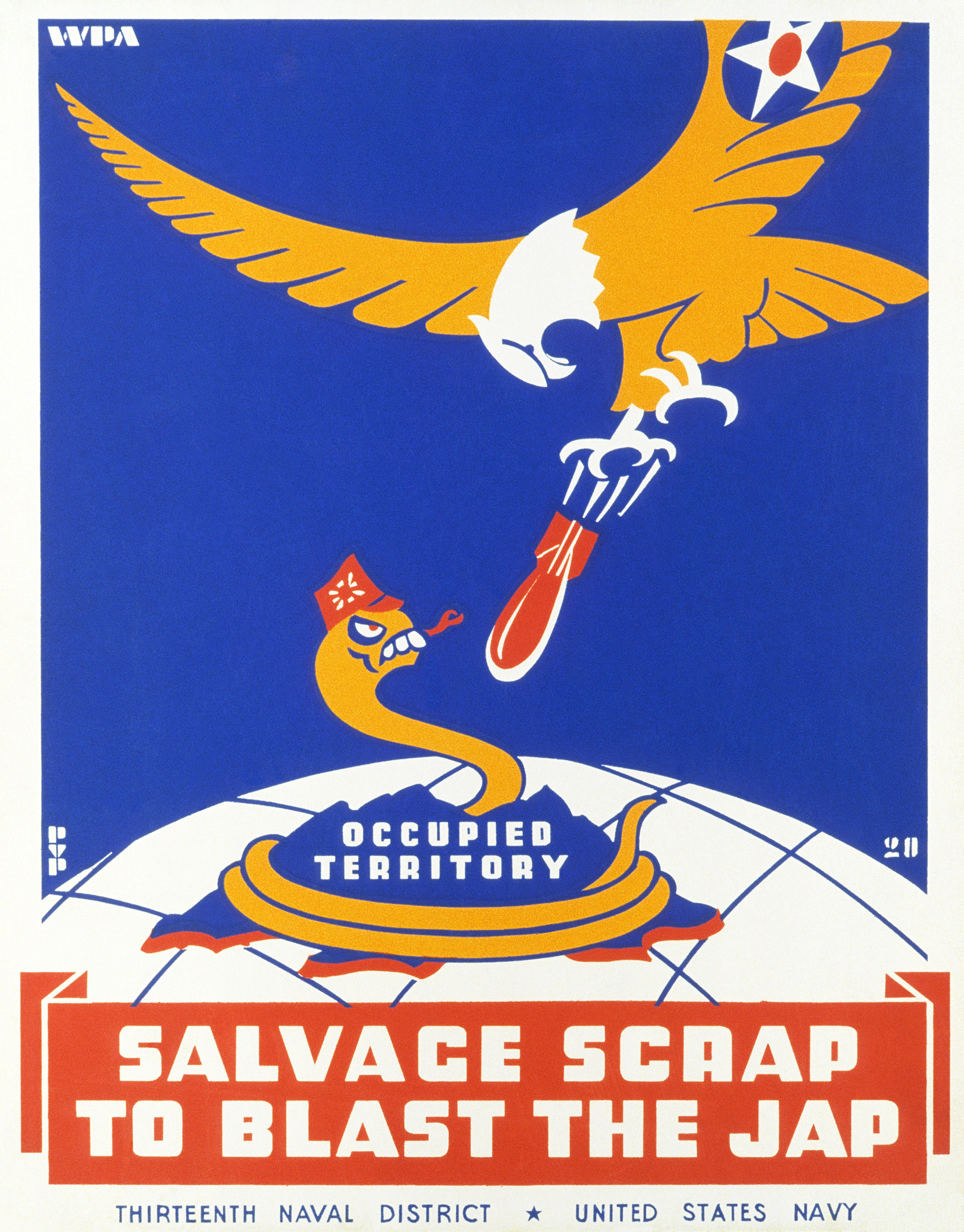
Source Image: en.wikipedia.org
Download Image
Why top U.S. officials don’t want to give Ukraine tanks RS #07: ARCH Historical Thinking Skills Rubric Background for the Teacher: In April 1917, the United States faced a difficult decision: remain neutral in the Great War or join the Allies in their fight against the Central Powers.
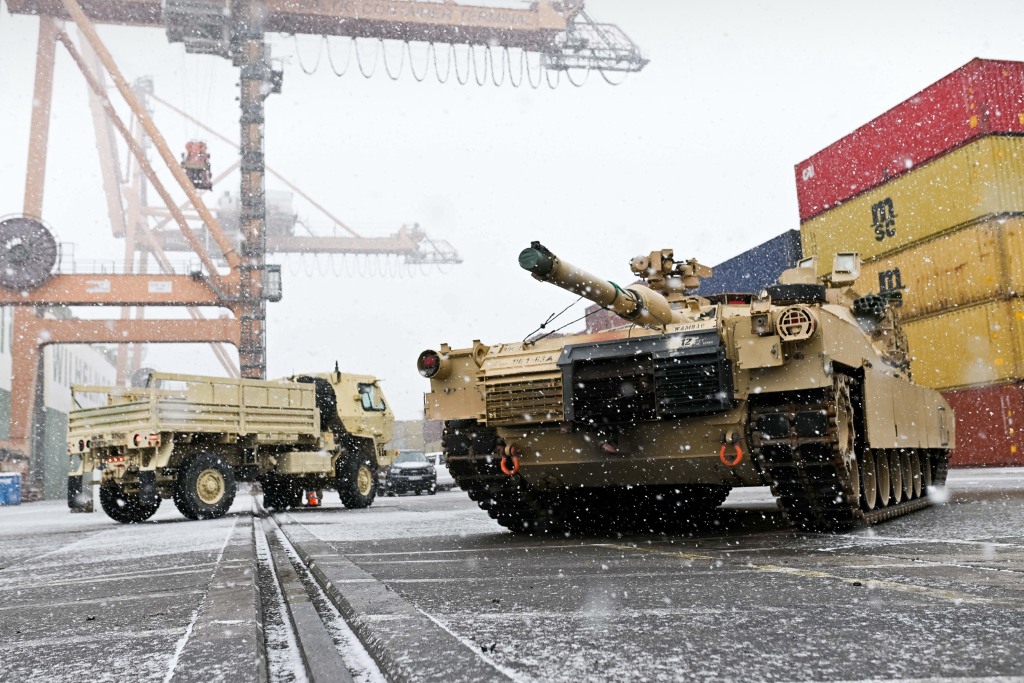
Source Image: nbcnews.com
Download Image
Pinterest In this sense, the American economic contribution alone was decisive. By April 1, 1917, the Allies had exhausted their means of paying for essential supplies from the United States, and it is difficult to see how they could have maintained the war effort if the United States had remained neutral.

Source Image: pinterest.co.uk
Download Image
World War 1 Vocabulary Words | Teach Starter Overview World War I was the deadliest conflict until that point in human history, claiming tens of millions of casualties on all sides. Under President Woodrow Wilson, the United States remained neutral until 1917 and then entered the war on the side of the Allied powers (the United Kingdom, France, and Russia).
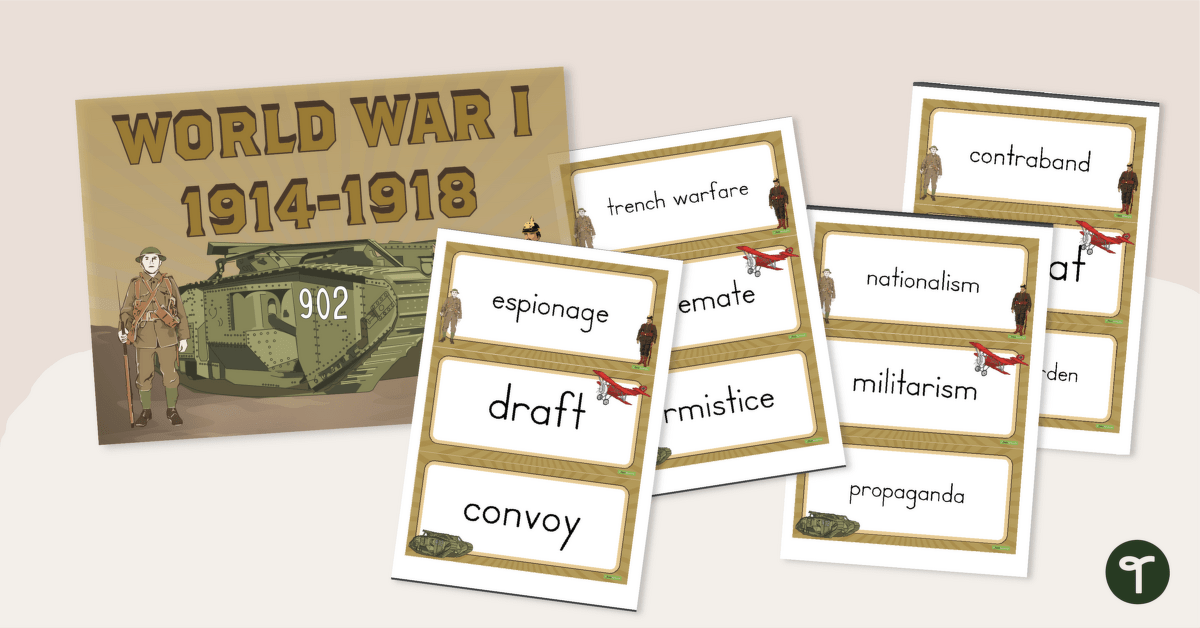
Source Image: teachstarter.com
Download Image
1,174 Conning Tower Royalty-Free Photos and Stock Images | Shutterstock To compare and contrast two perspectives about U.S. entry into World War I through the writings of Theodore Roosevelt and Jane Addams. Standards: NJSLS Social Studies: 6.1.12.A.7.a: Analyze the reasons for the policy of neutrality regarding World War I and explain why the United States eventually entered the war.

Source Image: shutterstock.com
Download Image
The Great War: Western Front release date, gameplay & pre-order news | Radio Times On April 4, 1917, the US Senate voted in support of the measure to declare war on Germany. The House concurred two days later. The United States later declared war on German ally Austria-Hungary on December 7, 1917. Portions of the text are from “US Entry into World War I, 1917,” Office of the Historian, US Department of State,

Source Image: radiotimes.com
Download Image
World War 1 Quiz – Trivia & Questions On August 4, as World War I erupted across Europe, President Woodrow Wilson proclaimed America’s neutrality, stating the nation “must be neutral in fact as well as in name during these days
(56).jpg)
Source Image: proprofs.com
Download Image
Why top U.S. officials don’t want to give Ukraine tanks
World War 1 Quiz – Trivia & Questions One hundred years ago this month, the United States declared war on Germany and thereby entered World War I. Experts discuss why the United States entered “the Great War,” the consequences it had
World War 1 Vocabulary Words | Teach Starter The Great War: Western Front release date, gameplay & pre-order news | Radio Times To compare and contrast two perspectives about U.S. entry into World War I through the writings of Theodore Roosevelt and Jane Addams. Standards: NJSLS Social Studies: 6.1.12.A.7.a: Analyze the reasons for the policy of neutrality regarding World War I and explain why the United States eventually entered the war.